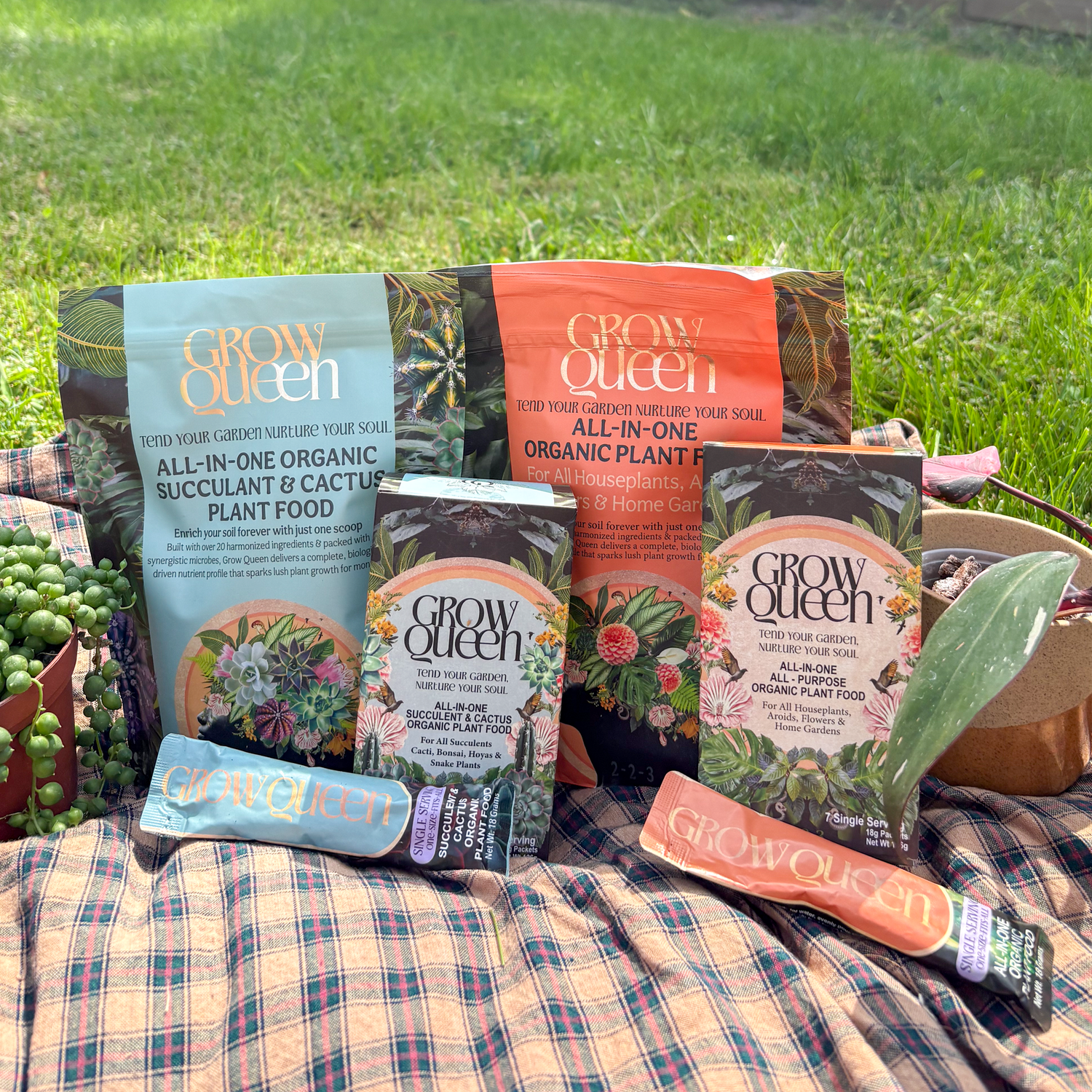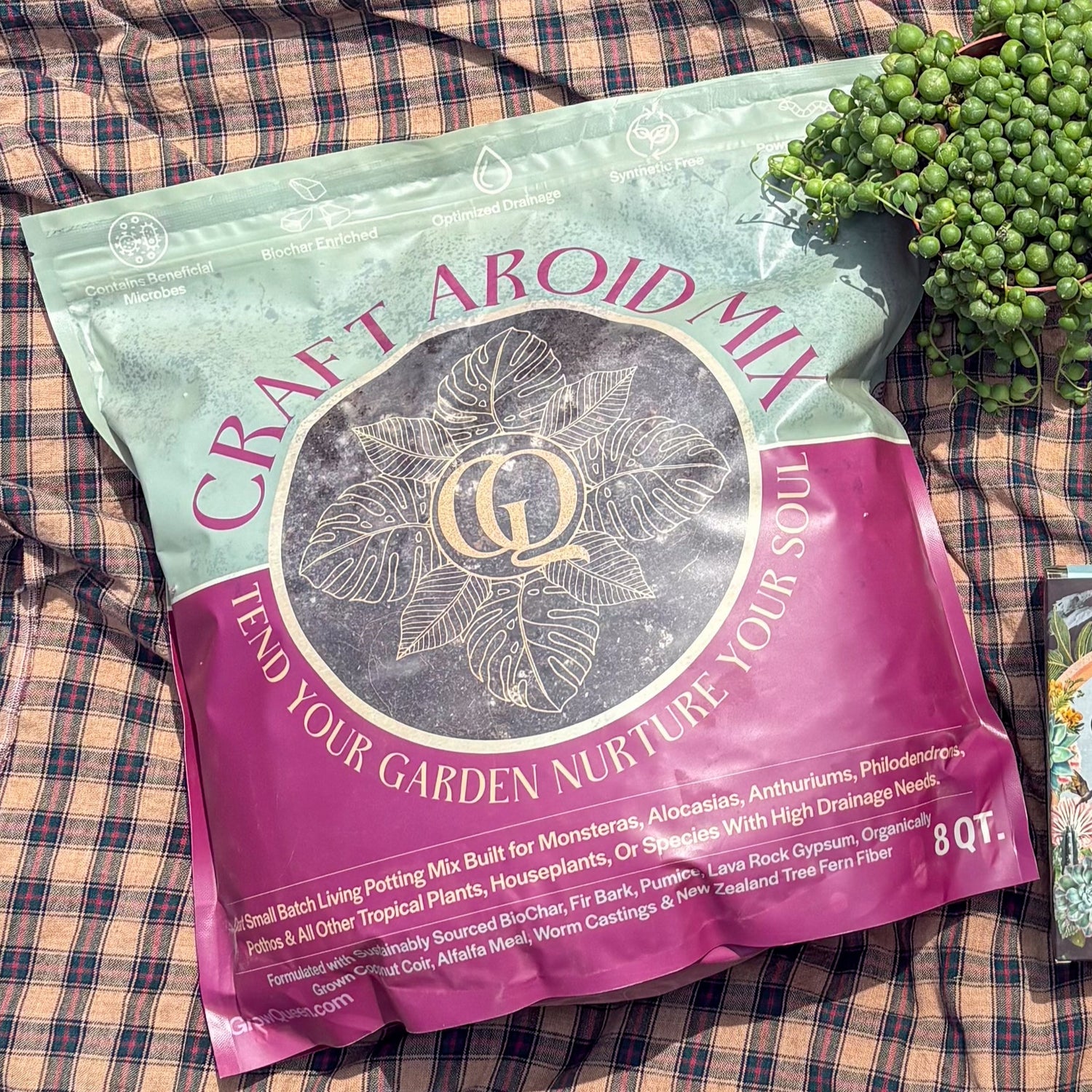Root Health & Repotting: How to Handle Bogged Roots in Small Pots
One of the most important but overlooked parts of plant care happens out of sight—below the soil, in the roots. While we often focus on glossy leaves and new growth, root health is the true foundation of a thriving plant. Without strong, healthy roots, even the most beautiful foliage will eventually struggle.
Why Roots Matter
Roots do more than anchor your plant in place—they’re responsible for absorbing water, nutrients, and oxygen. When roots are healthy, the plant above the soil can flourish. But when roots become compacted or bogged down, problems start to show up in the leaves: yellowing, wilting, or stunted growth.
Signs Your Plant Needs Repotting
-
Roots circling around the inside of the pot (root-bound)
-
Roots growing out of the drainage holes
-
Soil that dries out almost immediately after watering
-
A plant that looks stressed despite regular care
What About Bogged Roots?
Sometimes roots don’t just circle—they form dense, tangled masses that we call "bogged roots." This can limit the plant’s ability to take up water and nutrients. If you want to keep your plant in the same pot instead of sizing up, you’ll need to give those roots a reset.
How to Refresh Roots Without Upsizing
-
Remove the Plant from the Pot: Gently slide it out and inspect the root ball.
-
Loosen the Roots: Use your fingers or a clean tool to tease apart the outer roots, untangling where possible.
-
Trim Strategically: With sterilized scissors, cut back any dead, mushy, or overly long roots. Think of it like pruning—this encourages new, healthy growth.
-
Refresh the Soil: Replace compacted, exhausted soil with a fresh, chunky, well-draining mix. This brings new oxygen and nutrients to the roots.
-
Repot in the Same Pot: Tuck your plant back into its home, making sure the roots have space to spread into the refreshed soil.
The Balance of Small Pots
Keeping plants in smaller pots has its benefits—better control of water, less risk of overwatering, and an overall tidier look. But it does require more frequent attention to root health. By loosening, trimming, and refreshing the soil, you give your plant the reset it needs without committing to a larger container.
Final Thoughts
Healthy roots = healthy plants. If your plant seems unhappy and you don’t want to size up its pot, try a root refresh. A little root care can make a big difference, keeping your plant happy, thriving, and perfectly at home—even in a small pot.



0 comments